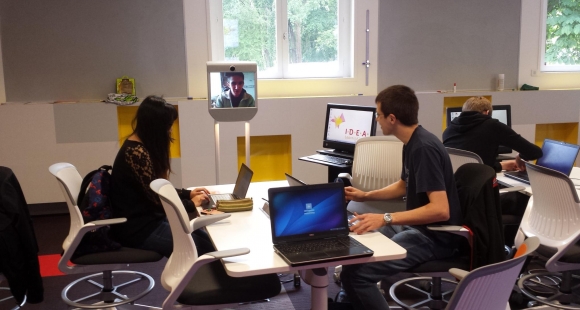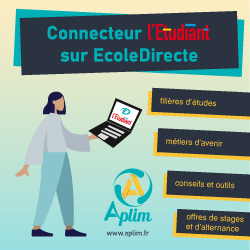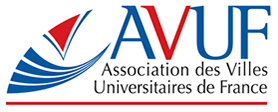
The goal of learning labs is to encourage students and teachers to get creative in the classroom through experimentation and innovation. For Benjamin Six, Director of the Knowledge Lab at the business school ESSEC, "It's like a fab lab for ideas. Both labs prioritize innovation but here we redesign learning instead of building prototypes."
Above all, the labs redesign student-teacher interactions. Here, professors are more like directors. The lab space can be reconfigured, as can the roles of the different actors. Six says, "We question the idea that the professor should stand in front of the class." Each learning lab needs a few brave professors to test it out, establish best practices and spread the good word. Feedback from both students and professors is highly encouraged and the labs often double as research facilities.
Even the lab space itself is innovative. With furniture on wheels and modular partitions, labs can easily be set up for group work one moment and individual projects the next. According to Jean Pouly, Development Director of engineering school Télécom Saint-Étienne's IRAM center, "Our focus is on digital technology but we also want it to be an interactive space."
the latest technology
Of course, the labs are also equipped with the latest technology. Thanks to their many connected computers, tablets and touch screens, the labs allow users to "move around projected images to suit their needs," explains Thierry Sobanski, Director of Information Systems at the Université Catholique de Lille. The cutting-edge facilities don't come for free though. The École Centrale de Lyon spent €180 thousand on theirs while ESSEC invested a total of €800 thousand and IRAM spent €500 thousand, with support from local authorities.
Recently, several French universities created a learning lab network and a charter to help define the term. Currently, the network includes 14 French universities. For Pouly, that means 14 more schools where "students take the initiative to seek out new knowledge and develop it with their teachers."






